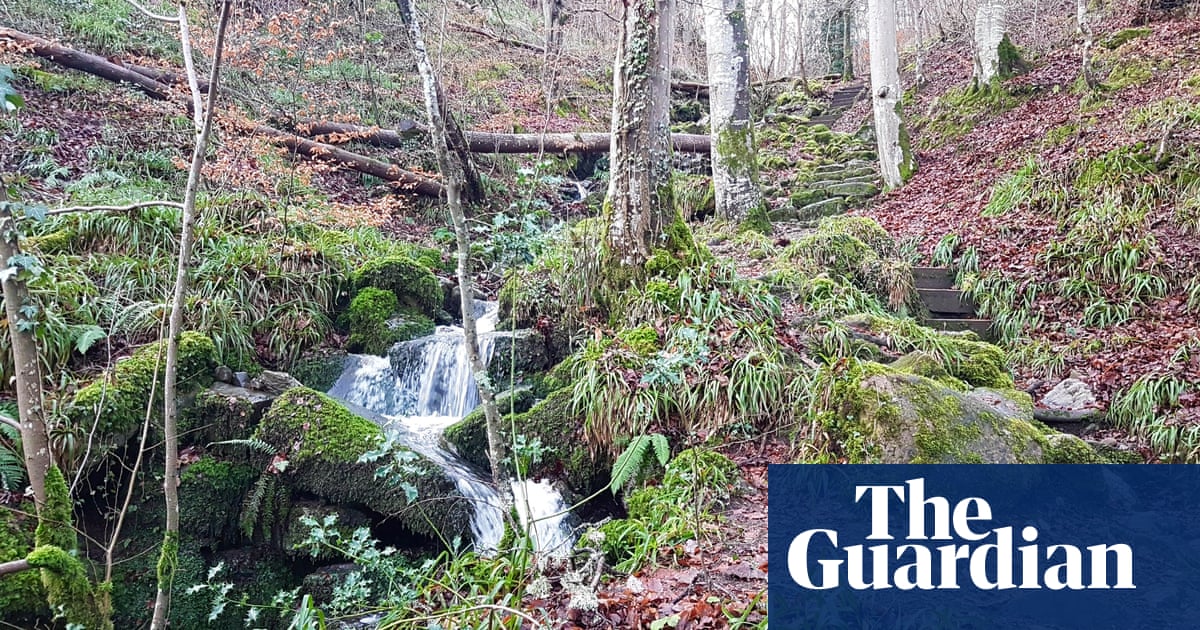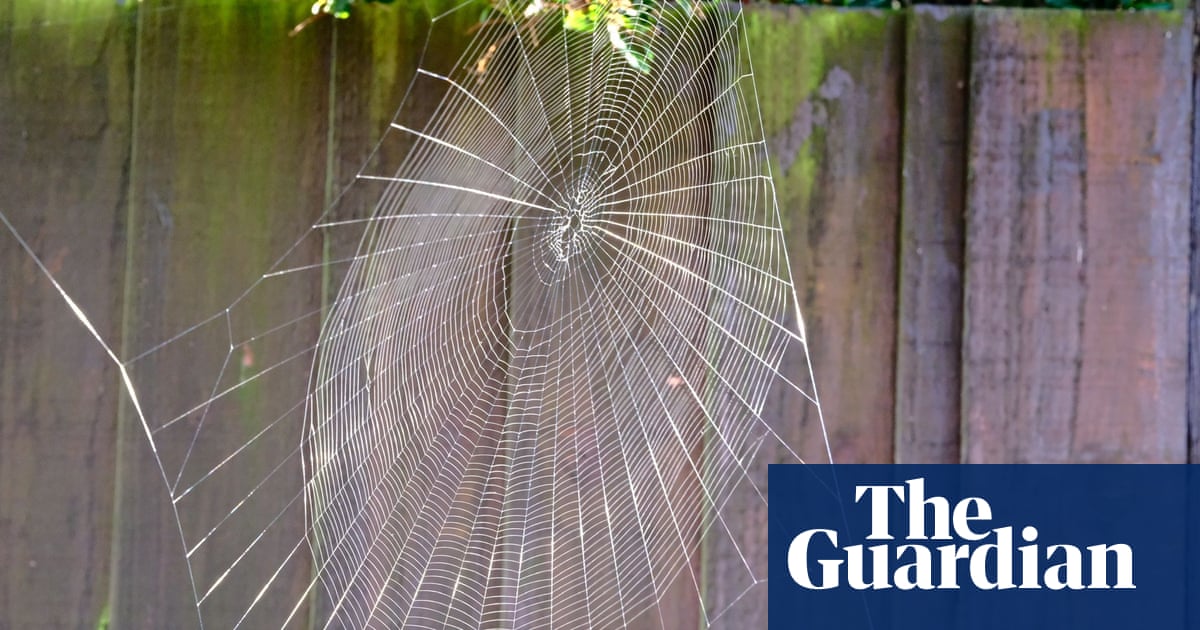
Ahorse-fearing dog led and followed us towards a village that was no longer there. We picked our way over sticky ground along a thin grass strip on the upper slope of a ridge. On either side of us were ploughed chalk and clay fields, from which in baked summer we had collected shards of pottery, turned them over, then dropped them for other dreamers to find.
Bare soil became grassland and we stopped, overlooking bumps, humps, mounds and criss-crossing waterless streams. On these sculpted foundations, a sizeable community had lived during the reign of Richard II, whose emblem was a white hart. The hated poll tax of 1377 recorded 104 men making a payment. All four of us heard medieval chatter from below, sniffed woodsmoke in our nostrils, grew a church, a manor house, peasant dwellings, and pictured open fish ponds in the hollows where willows and sallows now grew tall.
Scout the Irish terrier appeared to scent neither a cur nor a whelp. Perhaps her imagination sent her to the 16th century, when the village of Clopton (the Saxon settlement on a hill) was abandoned and – it would appear from the soft undulations – the villagers left no stone of the cobbled market square unturned. She kept her head down, warily watching the real life horses grazing much further down the hill, one brown, the other piebald.
I lifted my gaze up and beyond, out to the low line of the Chilterns past Royston, thinking of its Neolithic trackway, when something closer caught my attention. It came out from behind the willows, twisting its body to face us. Too small for a horse. A goat? A shorn sheep?
The first few loose-limbed bounds shook out any doubts about identity. Here was a fallow deer in startled grace. But not just any fallow deer. In all our musings on the middle ages, we had somehow summoned a white hart from the trees. The short-antlered, dark-eyed deer sprang up the hill with no regard for gravity or clinging mud and sped past us into a hawthorn thicket, light into dark. And the dog at our feet missed it all.












